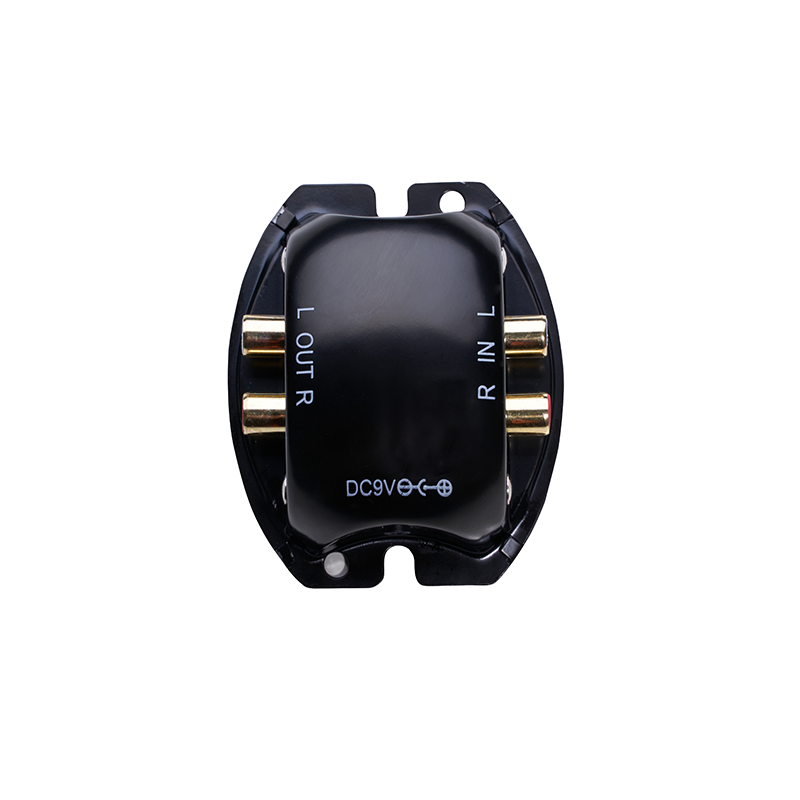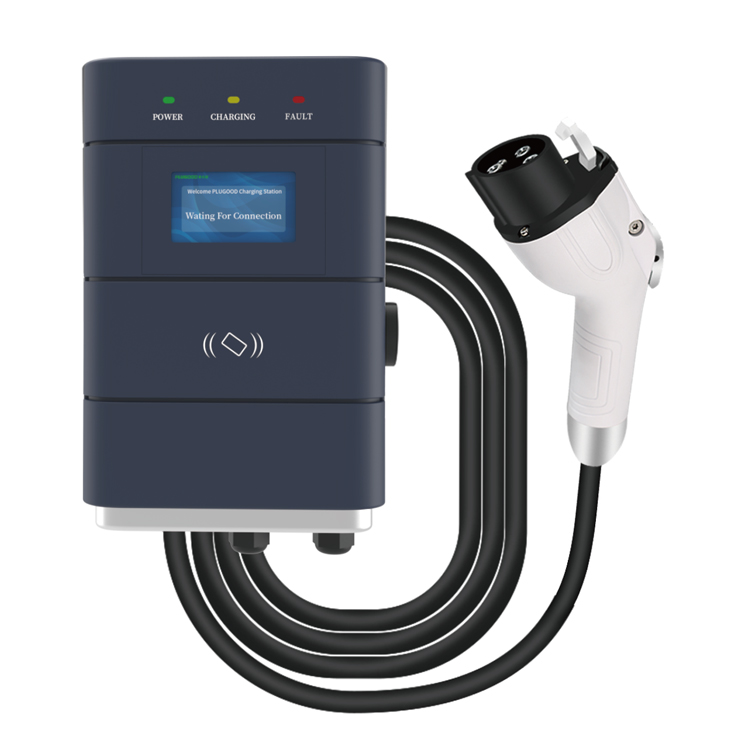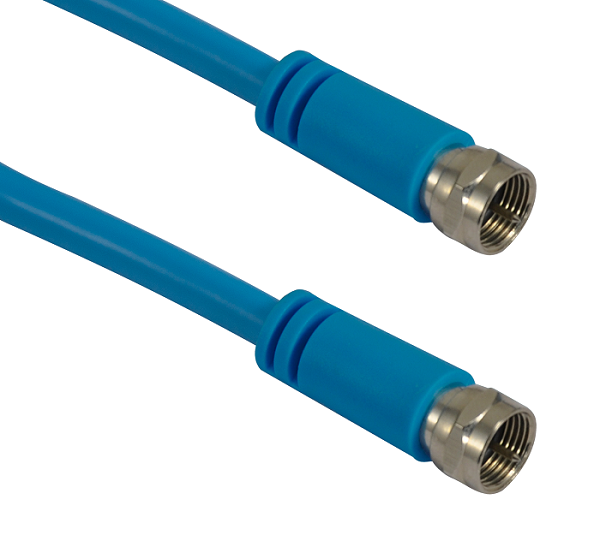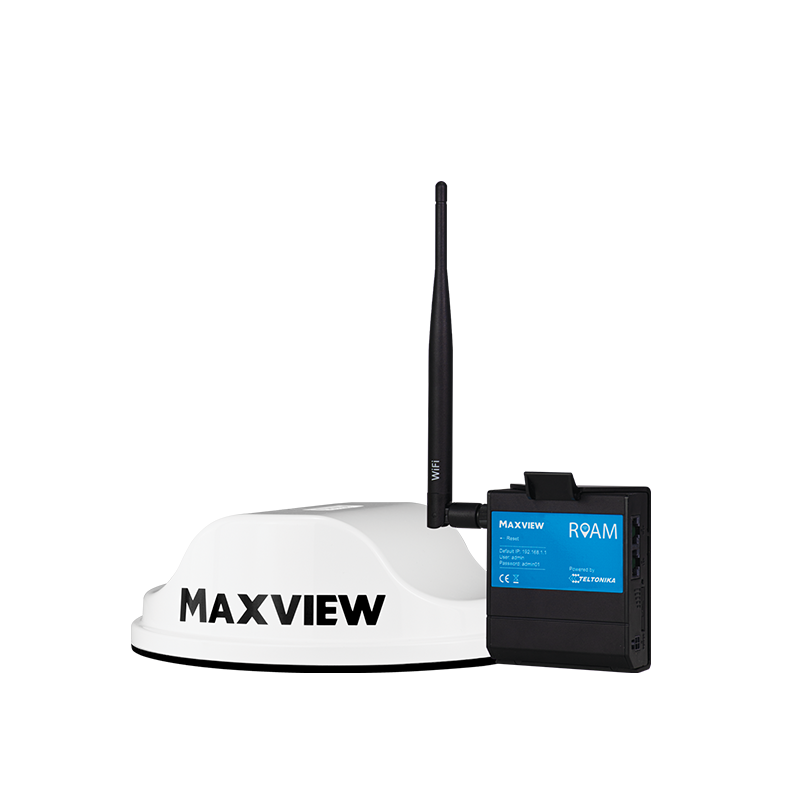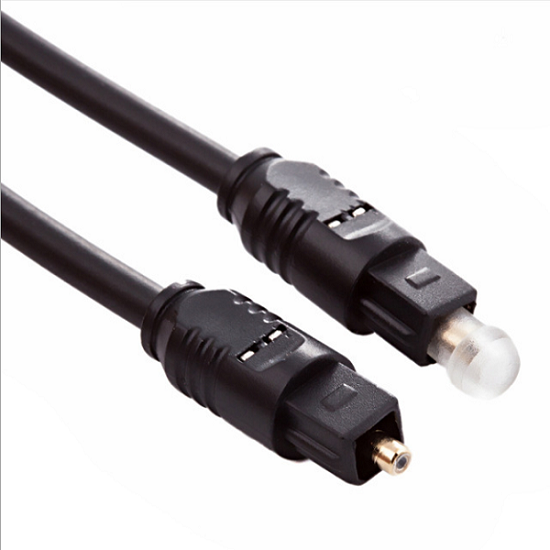What is the maximum distance of data transmission of Ethernet Cable in meters?
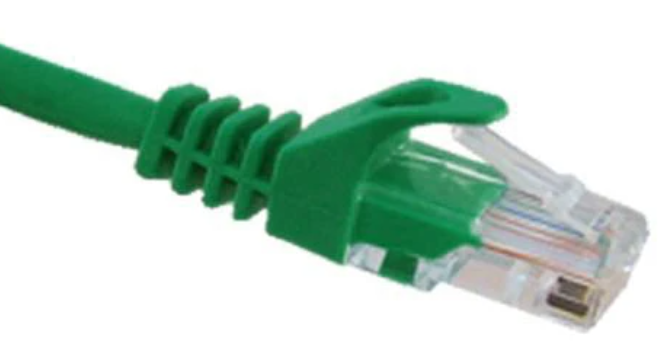
1. The maximum distance of Ethernet Cable data transmission
Friends who know more about the network know that Ethernet Cable has an "insurmountable" transmission distance of "100 meters". Whether it is a Category 3 Ethernet Cable with
a transmission rate of 10M, a Category 5 Ethernet Cable with a transmission rate of 100M, or even a Category 6 Ethernet Cable with a transmission rate of 1000M, the maximum
effective transmission distance is 100 meters.
In the integrated wiring specification, it is also clearly required that the horizontal wiring cannot exceed 90 meters, and the total link length cannot exceed 100 meters. In other words,
100 meters is a limit for wired Ethernet, and this limit is the length of the link from the network card to the hub device.
2. How is the maximum distance of 100 meters obtained?
What caused the 100-meter transmission distance limit of Ethernet Cable? It is necessary to delve into the deep physical principles of Ethernet Cable. The transmission of the network
is actually the transmission of the network signal on the Ethernet Cable. As an electronic signal, when it is transmitted in the Ethernet Cable, it must be affected by resistance and
capacitance, which leads to the attenuation and distortion of the network signal. When the signal attenuation or distortion reaches a certain level, it will affect the effective and stable transmission of the signal.
3. Therefore, Ethernet Cable has a transmission distance limit, so how do you calculate the upper limit of 100 meters?
Category 5 UTP and Category 5 UTP are mainly for computer network services. According to the 100Base-TX regulations of Fast Ethernet, the communication rate is 100mbps. The time it takes for
100mbps Ethernet to transmit 1 bit of data (also known as "bit time") ) It can be calculated as follows: 1 bit time=1/100mbps=10ns
Data information is transmitted in the network, and when passing through different components, there will be a delay. The delay of the five types of UTP is 5.56ns/m. When designing Ethernet, it is
required to comply with a relay rule. This rule is also called the golden rule or 5-4-3-2-1 rule. This rule applies not only to 10mbps Ethernet, but also to Fast Ethernet. This rule requires that when the
ring collision delay should not exceed 512 bits, for a transmission rate of 100mbps, it is 5120ns. In the loop, the network components include cables, relay units, MAU, and DTE. Add their delays and
multiply them by two to get the loop delay. At the same time, the loop conflict diameter can also be calculated. According to this theory, it is possible to calculate the longest distance that the signal
can transmit to ensure that a minimum frame is sent. This is why the link span is limited to 100 meters.
When the Ethernet Cable exceeds 100 meters, because the conflict cannot be detected in time, the information packet damaged by the conflict is transmitted and received by the receiver. The
information packet is forced to be discarded because it fails to pass the verification. At this time, it is retransmitted. The mechanism is not activated, so it will cause packet loss. When the transmission
rate of the Ethernet Cable is lower than 100 mbps, in practical applications, the length limit of 100 meters can be relaxed for the Ethernet Cable. It must be stated that although this is actually effective,
it does not meet the standard. In the certification test, it must be explained, otherwise there may be some problems, such as product warranty.
 English
English  Esperanto
Esperanto  Afrikaans
Afrikaans  Català
Català  שפה עברית
שפה עברית  Cymraeg
Cymraeg  Galego
Galego  Latviešu
Latviešu  icelandic
icelandic  ייִדיש
ייִדיש  беларускі
беларускі  Hrvatski
Hrvatski  Kreyòl ayisyen
Kreyòl ayisyen  Shqiptar
Shqiptar  Malti
Malti  lugha ya Kiswahili
lugha ya Kiswahili  አማርኛ
አማርኛ  አማርኛ
አማርኛ  Bosanski
Bosanski  Frysk
Frysk  ភាសាខ្មែរ
ភាសាខ្មែរ  ქართული
ქართული  ગુજરાતી
ગુજરાતી  Hausa
Hausa  Кыргыз тили
Кыргыз тили  ಕನ್ನಡ
ಕನ್ನಡ  Corsa
Corsa  Kurdî
Kurdî  മലയാളം
മലയാളം  Maori
Maori  Монгол хэл
Монгол хэл  Hmong
Hmong  IsiXhosa
IsiXhosa  Zulu
Zulu  Lëtzebuergesch
Lëtzebuergesch  Malagasy
Malagasy  Punjabi
Punjabi  پښتو
پښتو  Chichewa
Chichewa  Samoa
Samoa  Sesotho
Sesotho  සිංහල
සිංහල  Gàidhlig
Gàidhlig  Cebuano
Cebuano  Somali
Somali  Тоҷикӣ
Тоҷикӣ  O'zbek
O'zbek  Hawaiian
Hawaiian  سنڌي
سنڌي  Shinra
Shinra  Shinra
Shinra  Հայերեն
Հայերեն  Igbo
Igbo  Sundanese
Sundanese  Yoruba
Yoruba  Español
Español  Português
Português  русский
русский  Français
Français  日本語
日本語  Deutsch
Deutsch  tiếng Việt
tiếng Việt  Italiano
Italiano  Nederlands
Nederlands  ภาษาไทย
ภาษาไทย  Polski
Polski  한국어
한국어  Svenska
Svenska  magyar
magyar  Malay
Malay  বাংলা ভাষার
বাংলা ভাষার  Dansk
Dansk  Suomi
Suomi  हिन्दी
हिन्दी  Pilipino
Pilipino  Türkçe
Türkçe  Gaeilge
Gaeilge  العربية
العربية  Indonesia
Indonesia  Norsk
Norsk  تمل
تمل  český
český  ελληνικά
ελληνικά  ελληνικά
ελληνικά  український
український  Javanese
Javanese  فارسی
فارسی  தமிழ்
தமிழ்  తెలుగు
తెలుగు  नेपाली
नेपाली  Burmese
Burmese  български
български  ລາວ
ລາວ  Latine
Latine  Қазақша
Қазақша  Euskal
Euskal  Az?rbaycan
Az?rbaycan  Slovensky jazyk
Slovensky jazyk  Македонски
Македонски  Lietuvos
Lietuvos  Eesti Keel
Eesti Keel  Română
Română  Slovenski
Slovenski  मराठी
मराठी  Srpski језик
Srpski језик 






